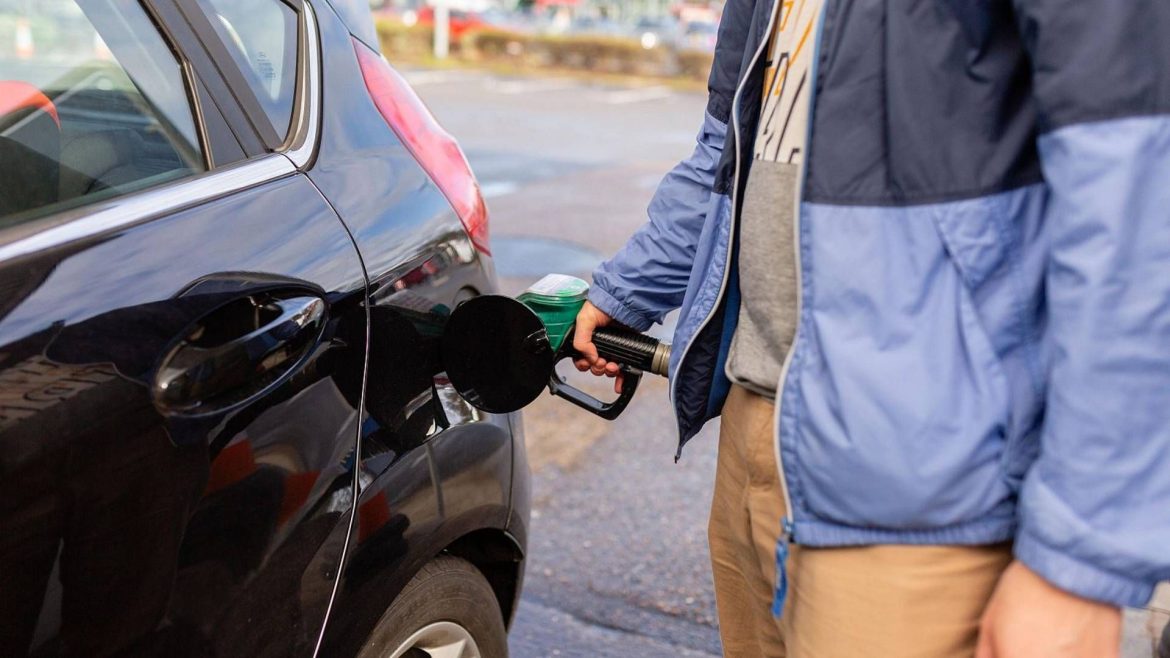Fuel prices remain a key indicator of the health of household finances and a source of worry for millions of drivers and transport workers in Spain. However, an analysis of official data reveals a landscape of extreme geographical variability. While there are signs of a certain stabilisation and even reductions at some service stations, the reality is that the cost of filling up still depends heavily on the city you are in, with differences that can exceed 40 cents per litre for the same fuel.
Looking at the rates, Madrid consistently stands out as one of the capitals with the highest prices. For instance, Unleaded 95 E5 can reach a maximum price of 1.709 euros per litre, while the premium Unleaded 98 E5 goes up to 1.789 euros per litre. At the other end of the spectrum, cities like Valencia and Zaragoza offer some of the most competitive minimum prices, with Unleaded 95 E5 around 1.279 euros in Valencia. For diesel users, Barcelona and Sevilla offer the lowest minimum price for Standard Diesel A, at 1.199 euros per litre, a notable difference compared to the maximum of 1.669 euros found in Madrid.
These disparities not only affect the occasional driver’s pocket but also pose an ongoing logistical challenge for the transport sector. The hope for widespread stability and sustained price drops is a collective desire, especially for those who depend on fuel for their daily business. Faced with this reality, and until prices become more uniform, the most immediate strategy is to adopt driving habits that mitigate the impact on the budget.
The General Directorate of Traffic (DGT) insists that efficient driving can translate into savings of up to 500 euros per year. One key is using higher gears: modern engines perform optimally at low revolutions. It is recommended to shift to fourth or fifth gear before reaching 50 km/h. Another fundamental practice is anticipation. Maintaining a constant speed, lifting your foot off the accelerator when you see an obstacle ahead, and avoiding sudden braking and acceleration drastically reduces consumption. Accelerating progressively at traffic lights, rather than seeking a quick start, saves up to a third of the fuel on urban journeys.
Beyond driving technique, other everyday factors have a powerful influence. Air conditioning is a major energy drain; its unnecessary use can increase consumption by between 10% and 20%. It is crucial to drive with the windows closed on highways to avoid altering the vehicle’s aerodynamics. Furthermore, you should avoid turning the boot into a storage room. Every extra kilo of weight is paid for at the fuel pump, as the engine requires more effort and thus more fuel to move the vehicle. Finally, a often ignored mechanical element: tyres. Driving with a pressure just 0.5 bar below the recommended level increases consumption by between 2% and 4%. Maintaining the correct pressure not only saves money but also extends the life of the tyres. For additional savings, drivers can opt for low rolling resistance tyres, which can reduce consumption by up to 3% without a significantly higher cost. In a context of volatile prices, these proven actions become the best defence for the pockets of Spaniards
Have any thoughts?
Share your reaction or leave a quick response — we’d love to hear what you think!





